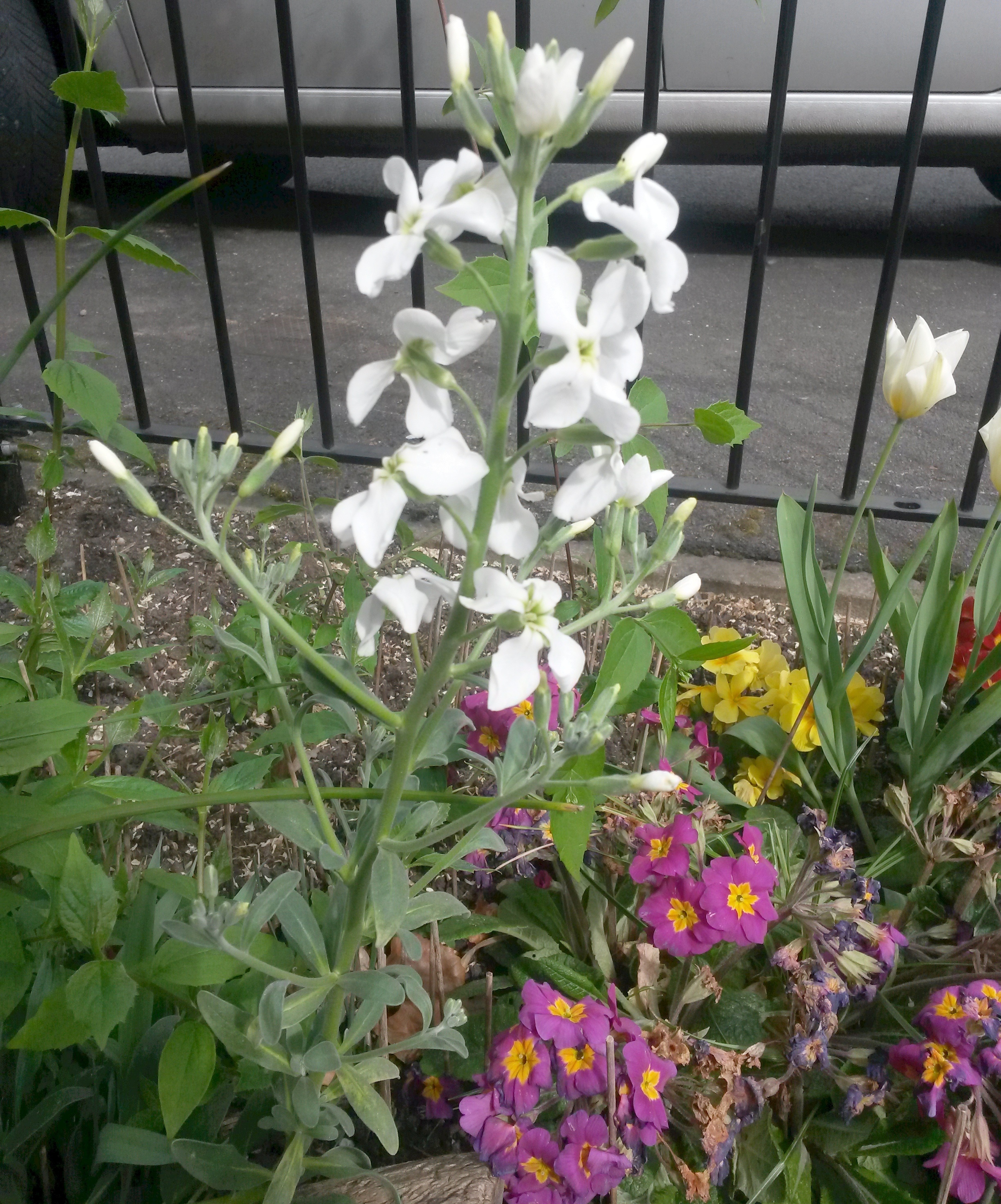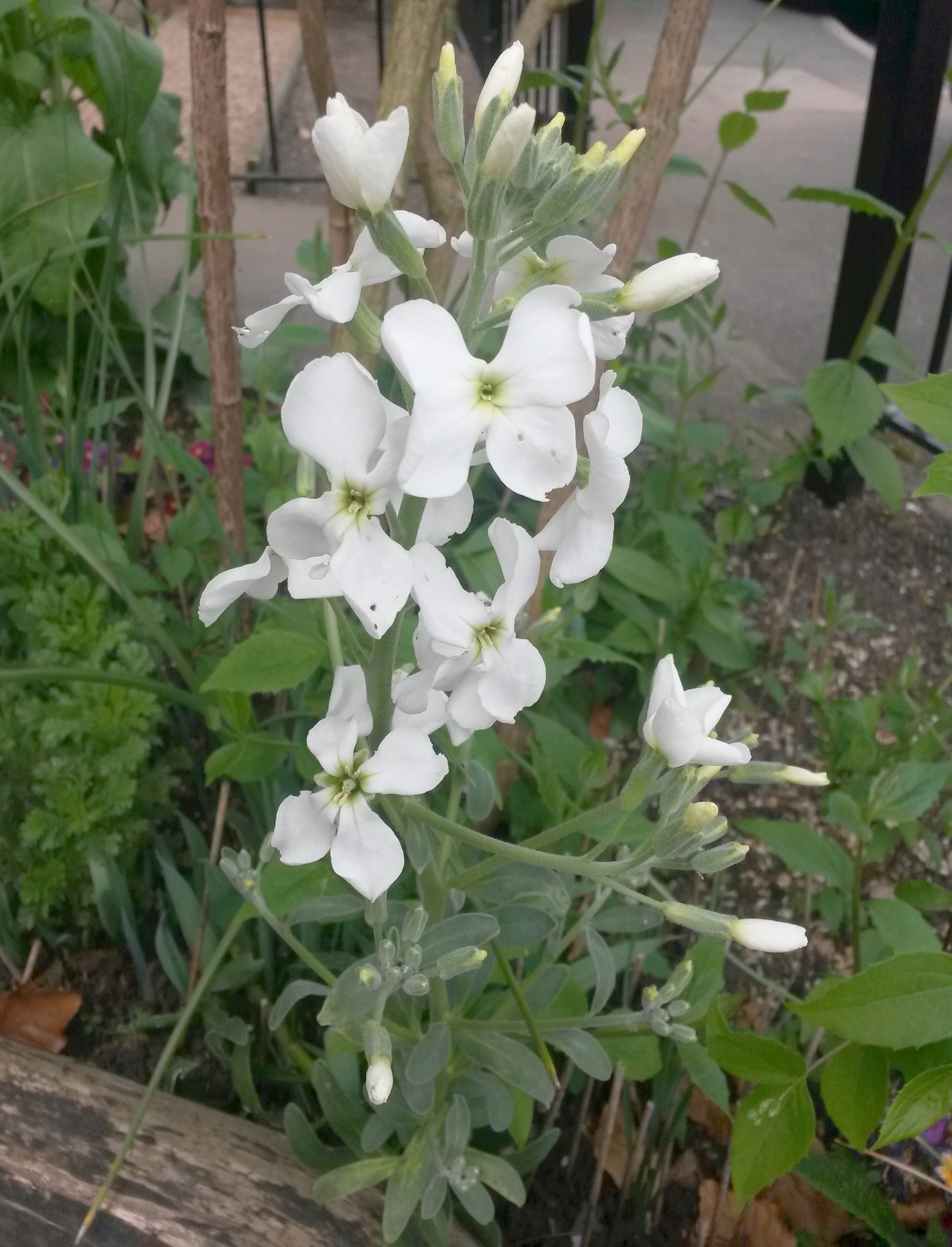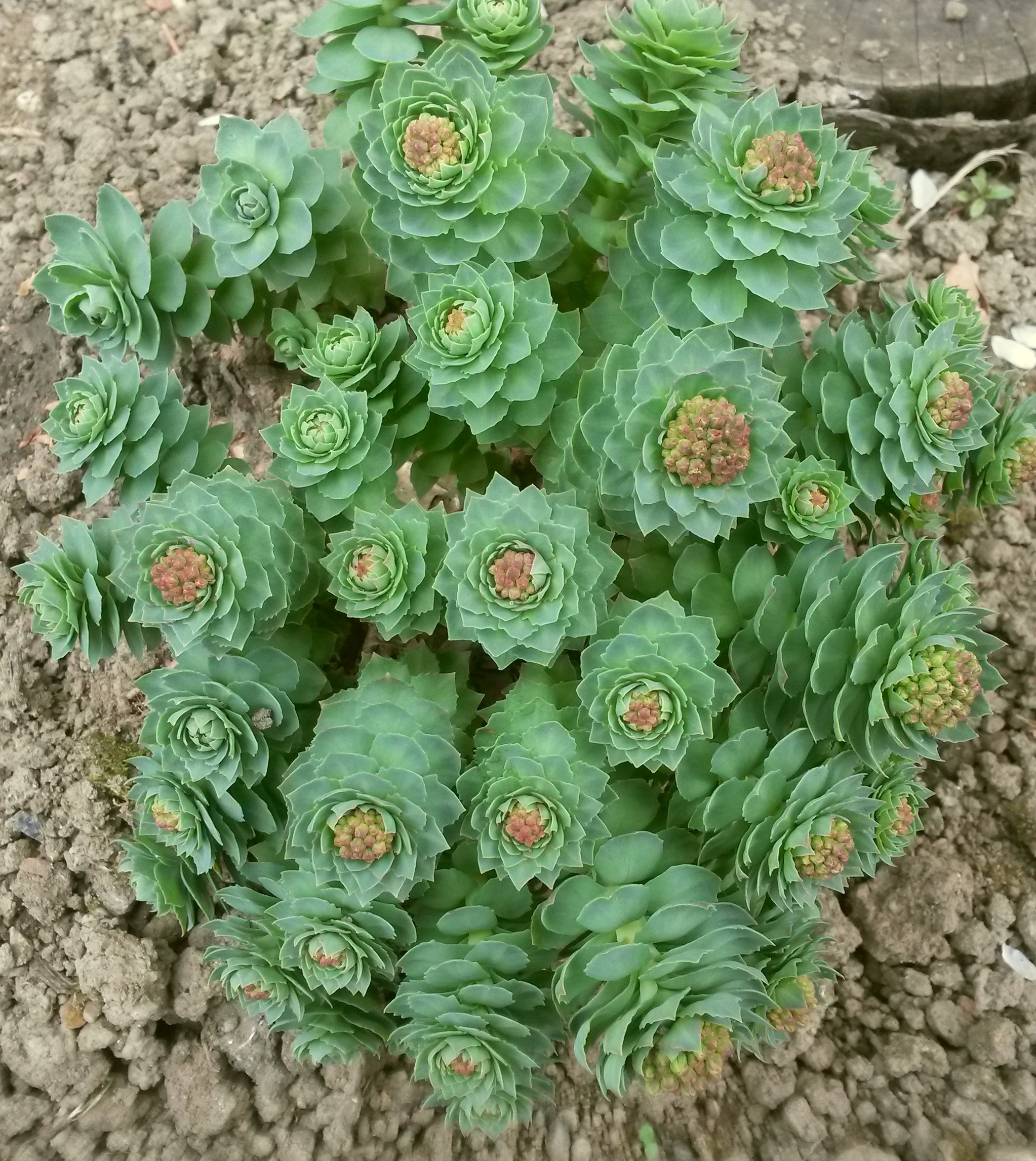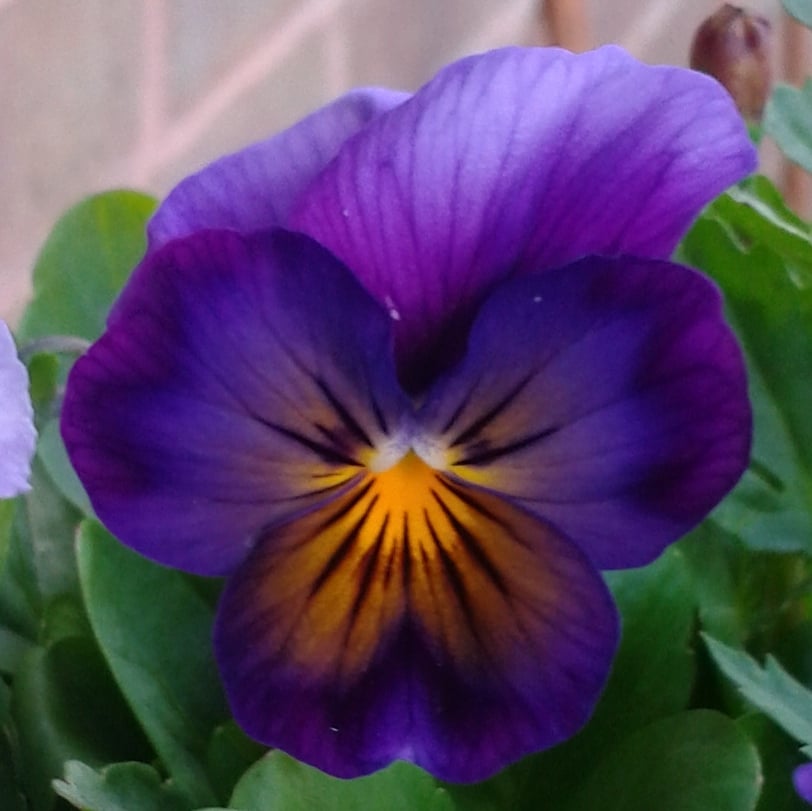This Forum will close on Wednesday 27 March, 2024. Please refer to the announcement on the Discussions page for further detail.
A couple of plant ID's, please.
Hi, I'm sure someone will be able to provide ID's for these two flowering plants. I think I should know the name of the white flower, but my ageing brain can't recall it.
The stem of this plant is prostrate for the first 8" or so and it then grows upright as it pushes up against a log.
The second plant looks like a succulent. I've moved it from a neglected spot in a communal garden. It produces a yellow flower in early summer.




0

Posts
Number one with the white flowers looks like annual stocks that have survived overwinter. I grow them from seed, the packet says "10 week stocks". Don't know the proper name sorry.
The last one is Euphorbia myrsinites.
Thanks Kitty, now that you mention it the flower does look like stocks, but I'm not sure it is. The plant's size, flower and stems are larger and more substantial than the stocks I know. It's also quite tall, about 50cm, not including the prostrate part of the stem.
Also, the plant developed through the winter and flowered about 2 weeks ago. As the flower closely resembles stocks you may well be right. I'm only familiar with the smaller flowered variety, night stocks and virginia stcoks. Let's hope someone can provide a definitive ID.
Thanks Alan!
Succulent one is Sedum, will come up with the name when my brain kicks in.
Last edited: 15 April 2017 12:34:58
Rhodiola rosea?
Last edited: 15 April 2017 12:38:44
In the sticks near Peterborough
Nailed it as usual Nut! Thank you. I was sure that Allan was mistaken because his plant suggestion had a green flower and the stems were less compact and prostrate. I just went out to check the leaf shape to make sure and it has the serration that confirms it.
Having googled it I now recognise the flowers, too.
Unfortunately the Edit button is not working, anyone any ideas for the the white flower?
Maybe Matthiola arborescens alba?
Rhodiola is what I was brain searching for. Rose root is its common name.